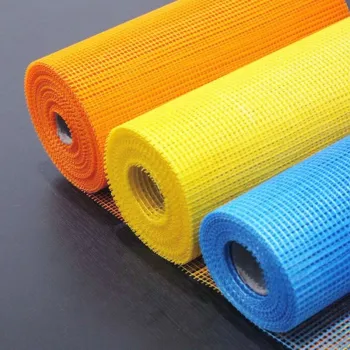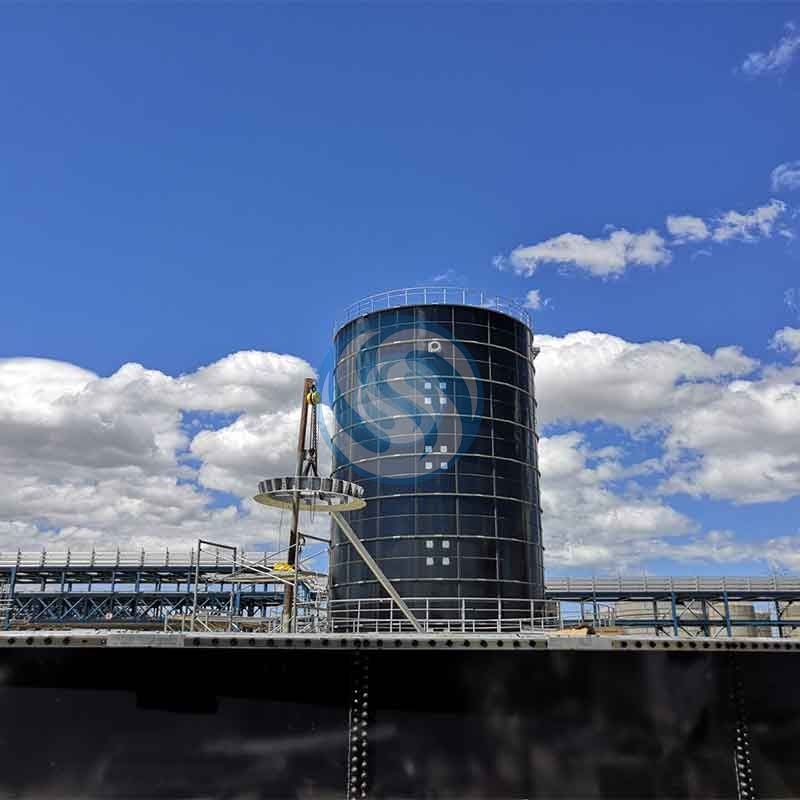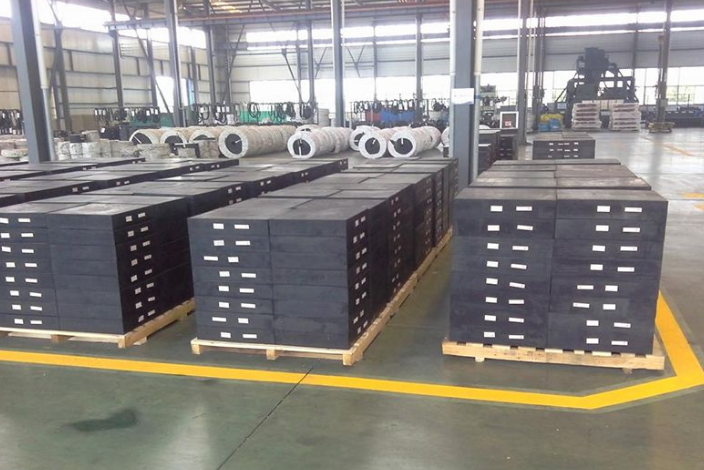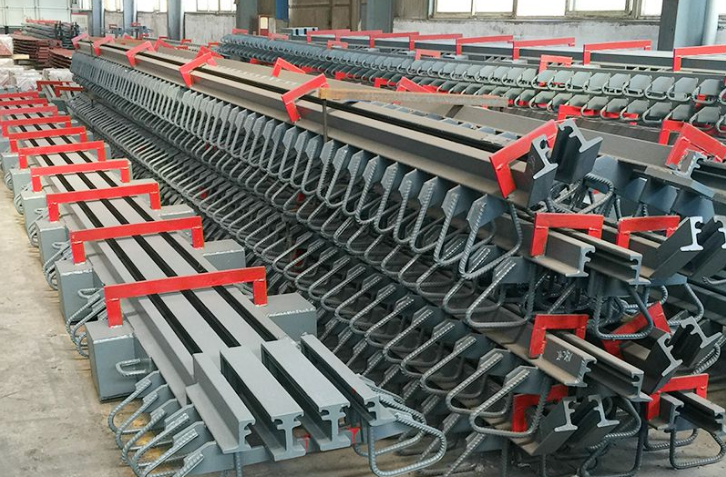10 Questions You Should Know About Eco-Friendly Packaging Solutions
As the world becomes increasingly conscious of environmental issues, the demand for eco-friendly packaging solutions is on the rise. Packaging not only protects products but also impacts our planet. This article addresses the ten most important questions regarding sustainable packaging to help you make informed decisions.
1. What is eco-friendly packaging?
Eco-friendly packaging refers to materials and processes that minimize environmental impact. This includes biodegradable, recyclable, or reusable materials that reduce waste and pollution.
2. Why is eco-friendly packaging important?
Eco-friendly packaging is crucial for reducing landfill waste, conserving natural resources, and decreasing carbon footprints. It helps businesses appeal to environmentally conscious consumers who prioritize sustainability.
3. What materials are considered eco-friendly for packaging?
Common eco-friendly materials include:
- Biodegradable plastics
- Recycled paper and cardboard
- Glass
- Plant-based materials (e.g., bamboo, corn starch)
- Compostable materials
4. How does eco-friendly packaging affect a product’s shelf life?
While some eco-friendly materials may not offer the same barrier properties as traditional plastics, innovations in technology are improving their effectiveness. Many sustainable packages now maintain shelf life without adding harmful chemicals.
5. Are consumers willing to pay more for eco-friendly packaging?
Yes, a growing trend shows that consumers are often willing to pay a premium for products that boast sustainable packaging. Our survey revealed that 66% of respondents prefer brands that use eco-friendly packaging, even if it costs more.
6. How can companies measure the sustainability of their packaging?
Companies can measure sustainability through lifecycle assessments (LCA). LCAs evaluate the environmental impacts of packaging throughout its entire lifecycle—from raw material extraction to disposal.
Additional reading:How to Choose the Best Metal Leak-Proofing Material?
7. What role does legislation play in eco-friendly packaging?
Exploring the Benefits and Functionality of W-Beam Highway Guardrails
What is the Use of Hexagonal Wire Mesh?
Expandable Container Houses: An Innovative Solution for Modern Living
From Rustic to Modern: Design Inspirations with Black Stainless Steel
GFS Agricultural Water Storage Tanks: Meeting Farming Needs
Why B2B Customers Should Prioritize the Reliability of Hydraulic Elevator Dams
Government regulations increasingly push for sustainable practices. Many regions have introduced laws limiting single-use plastics and promoting recyclable materials, driving businesses to adopt eco-friendly packaging.
8. How can businesses transition to eco-friendly packaging?
Businesses can transition by:
- Conducting a packaging audit
- Researching sustainable alternatives
- Collaborating with suppliers focused on eco-friendly solutions
- Educating consumers about the benefits of sustainability
9. What are some examples of successful eco-friendly packaging brands?
Many brands are standing out for their innovative eco-friendly packaging, including:
- Unilever, using recycled plastic
- Patagonia, known for reusing materials
- PepsiCo, committed to reducing virgin plastic use
10. Where can I find more information on eco-friendly packaging solutions?
Additional resources can be found on sustainability-focused websites, industry blogs, and social media platforms. Engaging with communities dedicated to environmental issues can offer insights and updates on best practices in eco-friendly packaging.
In conclusion, understanding eco-friendly packaging is essential for consumers and businesses alike. By addressing these ten questions, individuals can make more informed choices that benefit the environment and support sustainable practices. As we move towards a more sustainable future, every small change contributes significantly to the greater good.










Comments
Please Join Us to post.
0